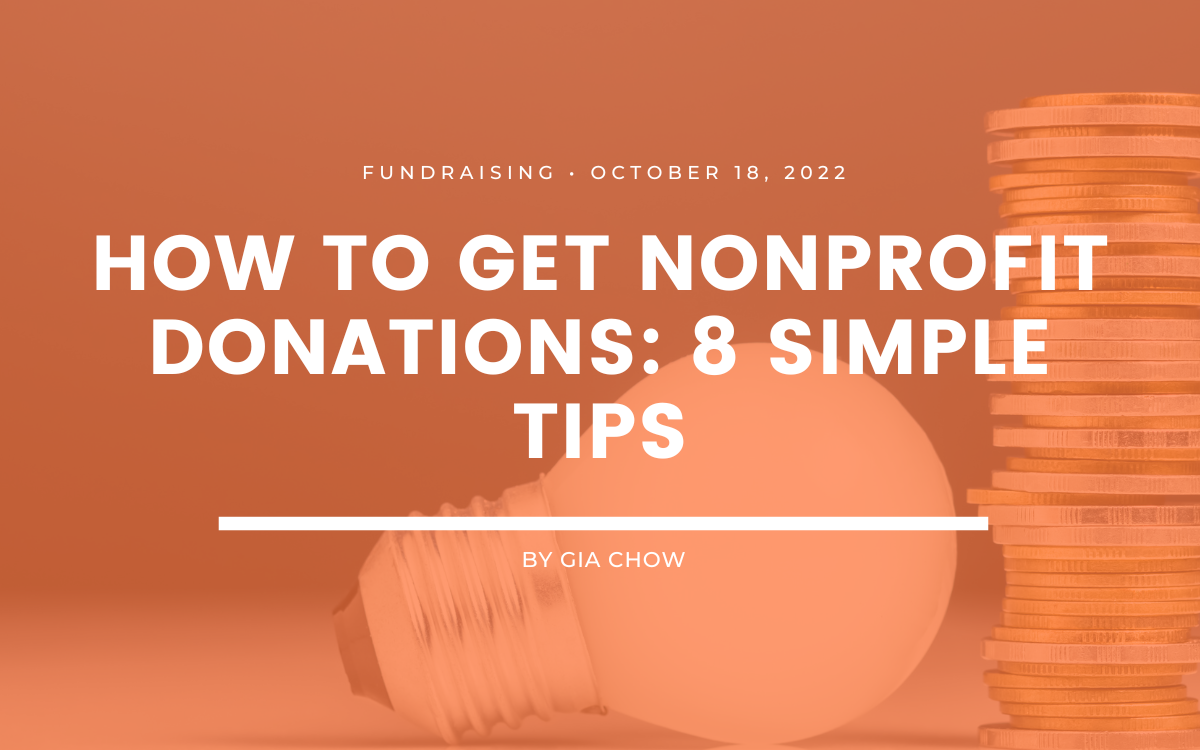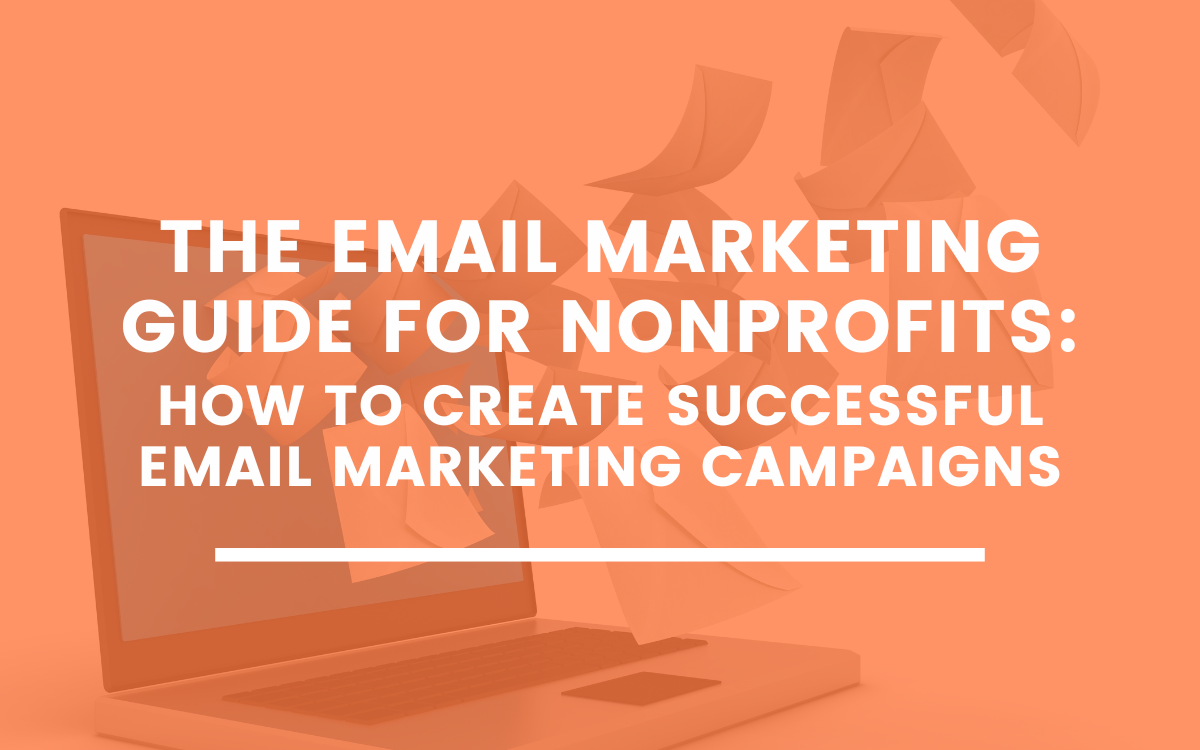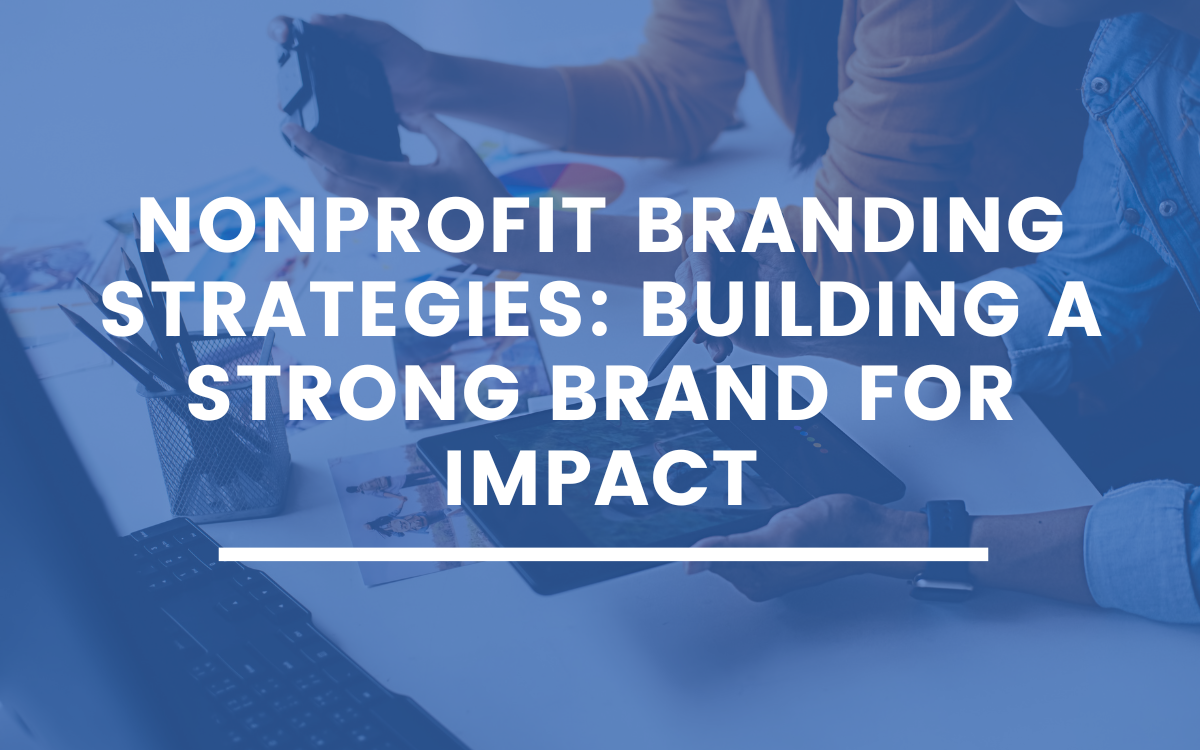How to Start Running Facebook Ads for Your Nonprofit
2 min to read ✭ We're going through the basics of setting up your nonprofit's Facebook ads with a quick step-by-step guide. Facebook advertising is something that can help your organization boost brand awareness and drive online donations. Learn more about how to get started running ads.
Learn More Proven Strategies For Your Nonprofit Here!
Why Facebook Ads?
Running ads through the Facebook platform is a great way to help your organization drive online donations and increase brand awareness. Now that you better understand the importance of conversion design in congruence with Facebook ads, let’s dive into how to start running effective Facebook ads for your nonprofit.
Step 1: Determine A Goal
The first step is to determine what the goal of your campaign is going to be. It’s important to define whether or not you are looking to drive conversions, direct traffic to your website, or simply promote further brand awareness. While these are not the only three marketing objectives available to choose from on the Facebook advertising platform, they are likely the ones most effective for your nonprofit’s marketing efforts.
Step 2: Select a Campaign Type
After deciding what your goal is, select a campaign type that will help reflect your goal. If your Facebook marketing goal is to drive brand awareness, create a campaign with the objective of brand awareness. If you are looking to drive donations, create a campaign with the conversions objective.
Step 3: Create an Ad Set & Target an Audience
A great starting off point would be to find your donor list and actually upload that list into your Ad Set on Facebook. This way, you can start targeting an audience that you know already has an interest in your organization and from there, you can begin to grow your audience even more.
Another trick to targeting an audience when setting up your Facebook Ad Set is to create a lookalike audience based off your donor list. A lookalike audience is an audience whose characteristics in some way resemble another group of members. By creating a lookalike audience based off your donor list, you would be creating a list of people to target who are similar to your donors but who are not your donors.
Step 4: Set a Budget
To start off, utilizing a $5-$10 daily budget will help your ads gain some traction. Once you have more numbers to look at, you can then continue to increase or adjust your budget as you see fits.
Step 5: Write Ad Copy & Make Ads Live!
The final step in creating your Facebook ad campaign is to write ad copy. Try out a couple of different versions of your ad copy to see which performs better. Additionally, it’s important to use a high-resolution image when creating your ad. High-quality images are visually appealing and will help draw more attention to your organization’s ad.
The best rule of thumb to follow when writing your ad copy is to make it creative and keep it engaging and informative. Once you have gone through, written your ad copy, and set how long you want your ad to run, your ad is ready to go live.
We Want Your Feedback
The more you know about digital marketing as nonprofit leaders, the bigger an impact your organization can make. And it works both ways. The more we know about the type of content you would like to see more, or even less of, the better our team can tailor the content we share to your needs. What types of things are we creating that you like? What don’t you like? How can we help you to facilitate your nonprofit’s digital marketing moves? Ultimately, we want to know what you want to know because we are ready to tell you.




